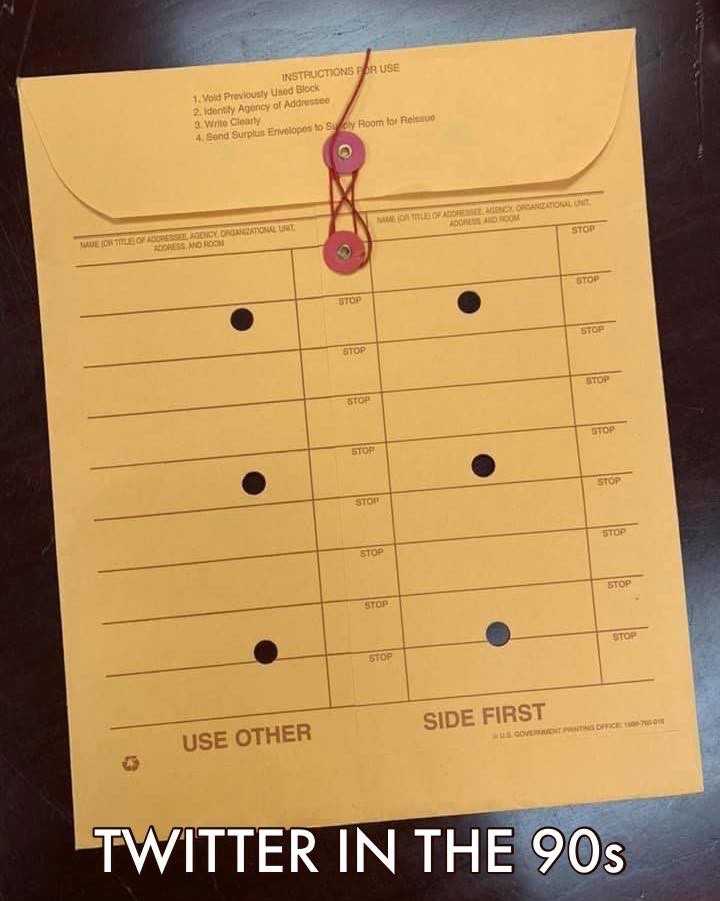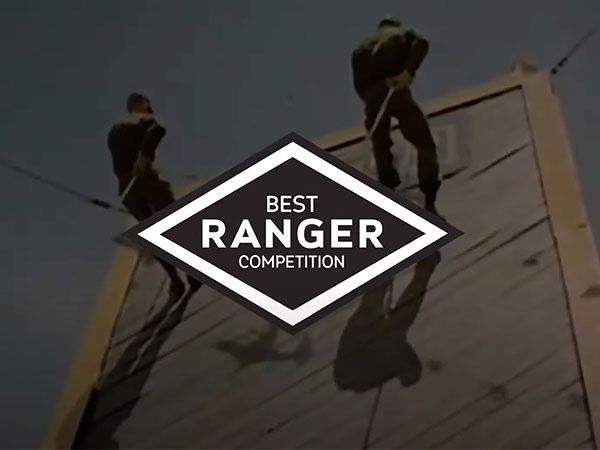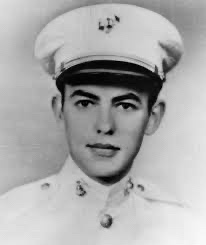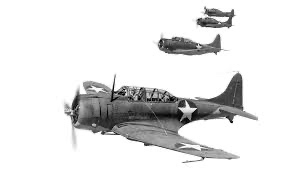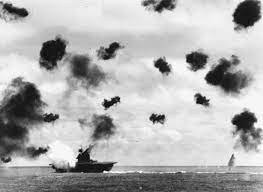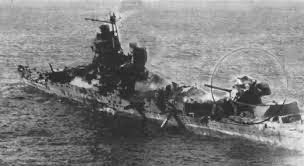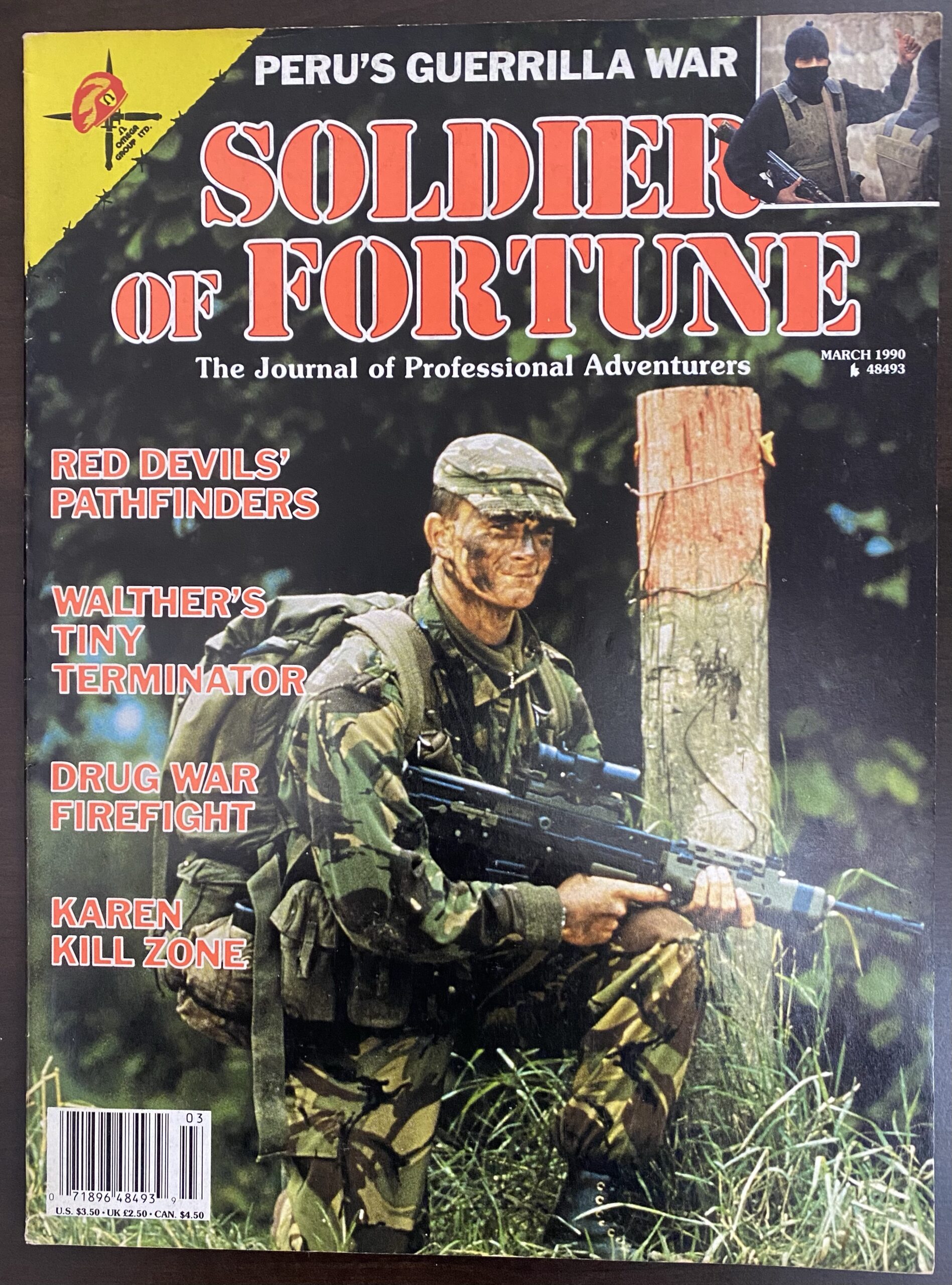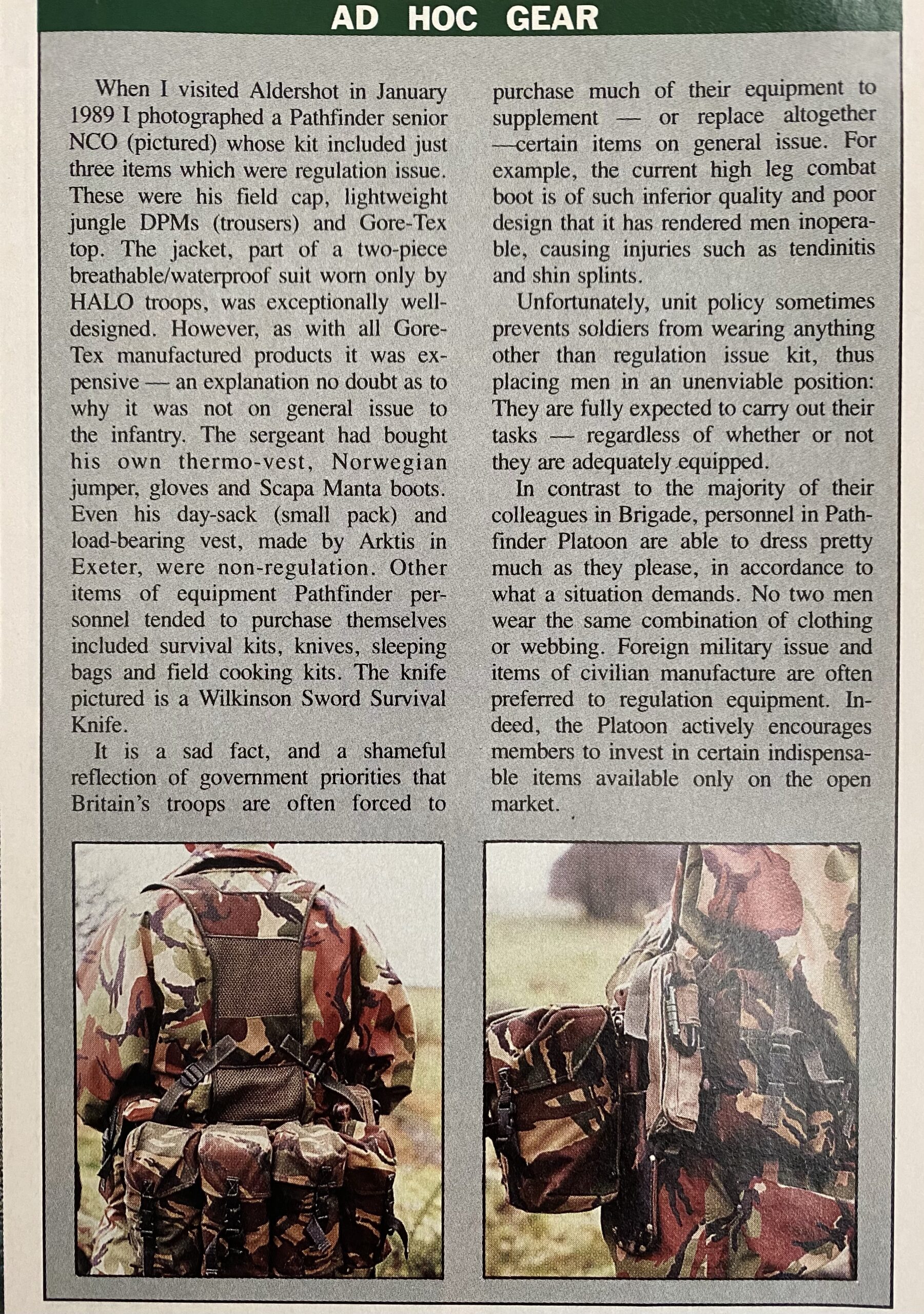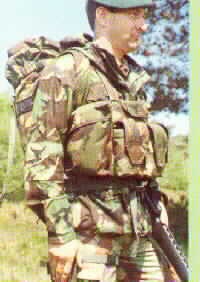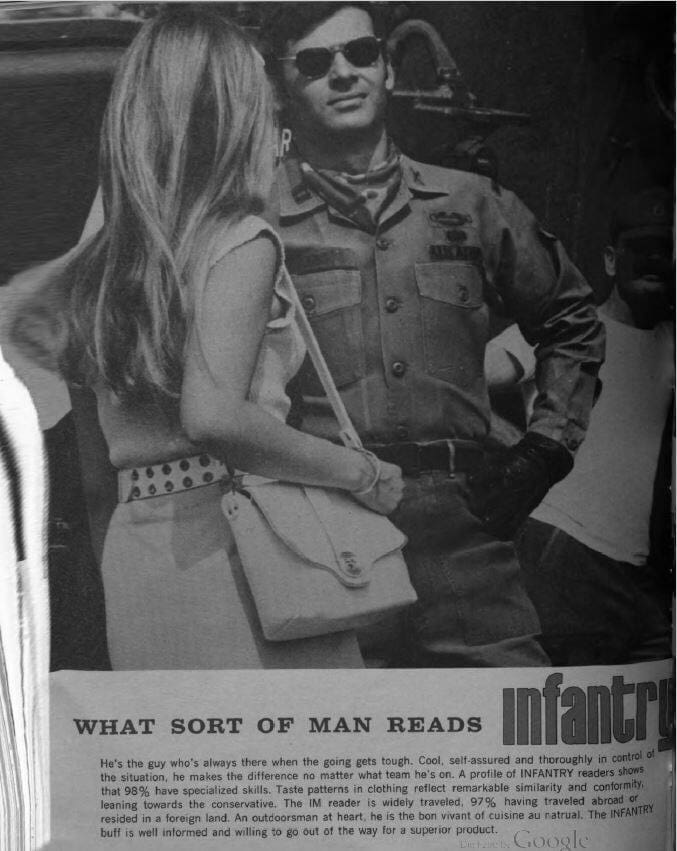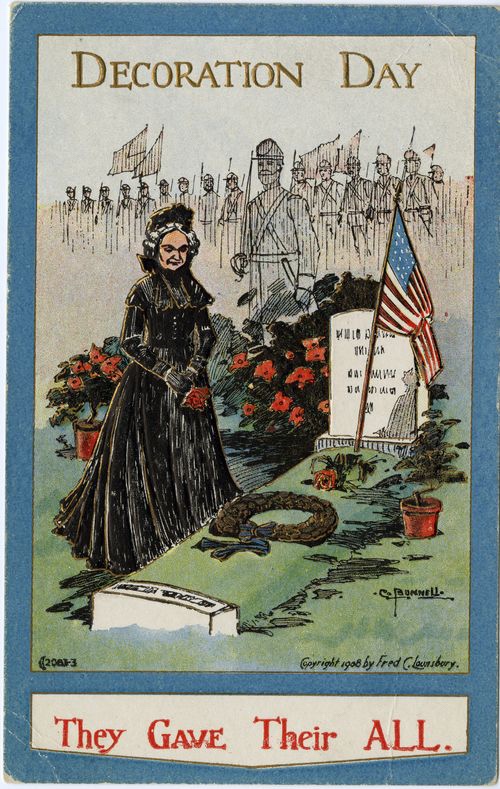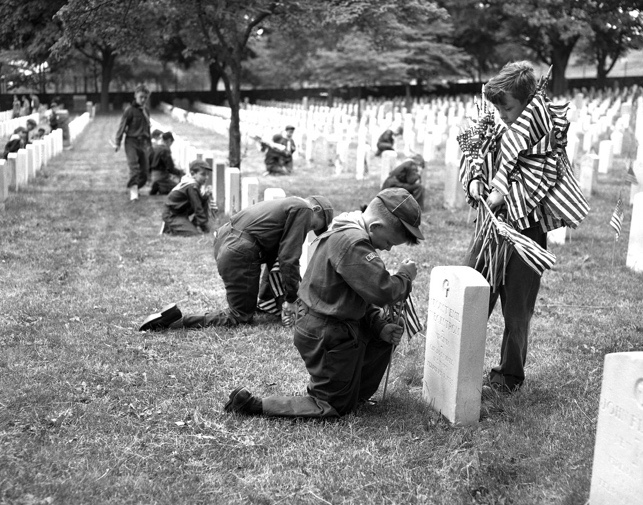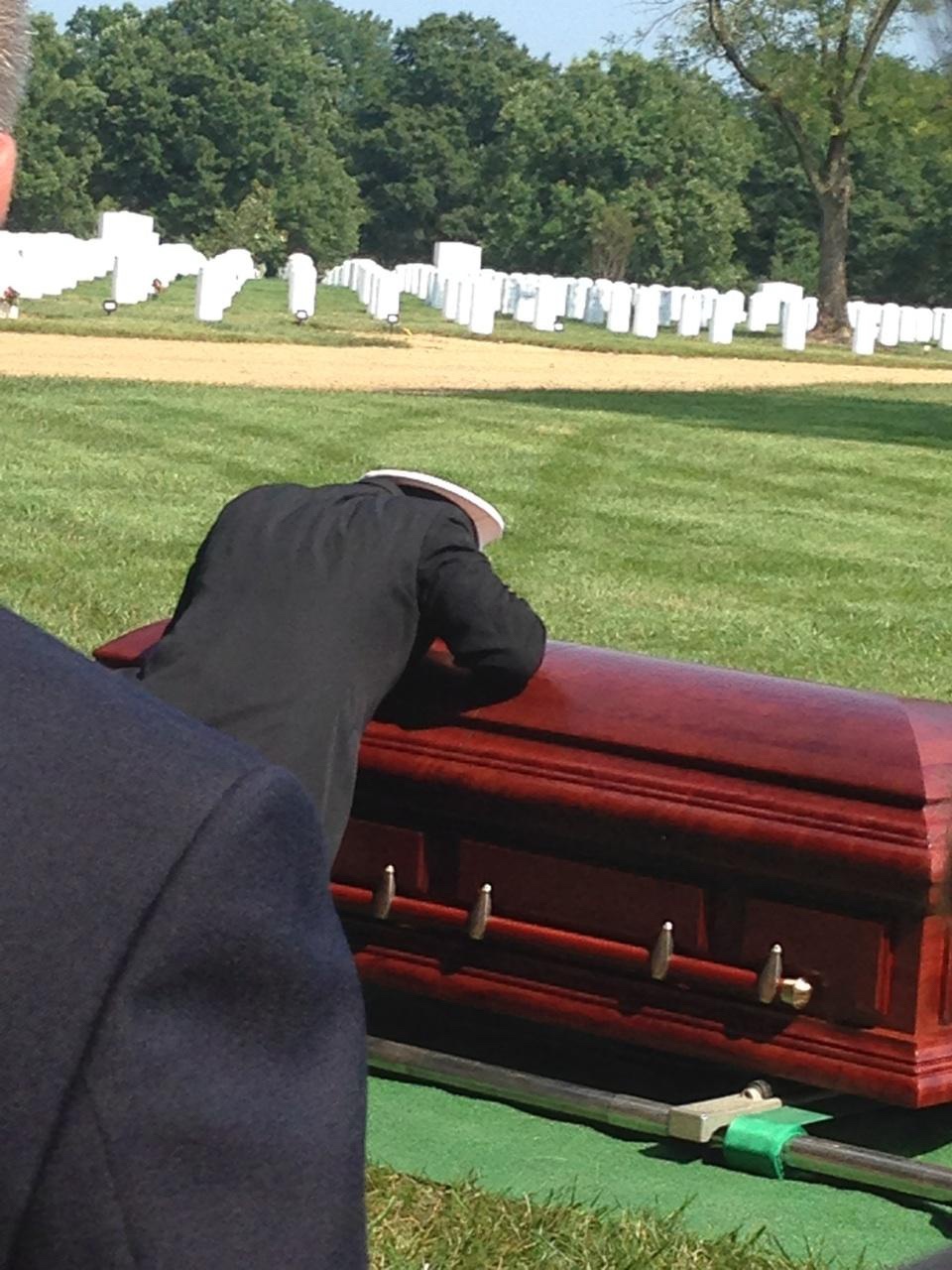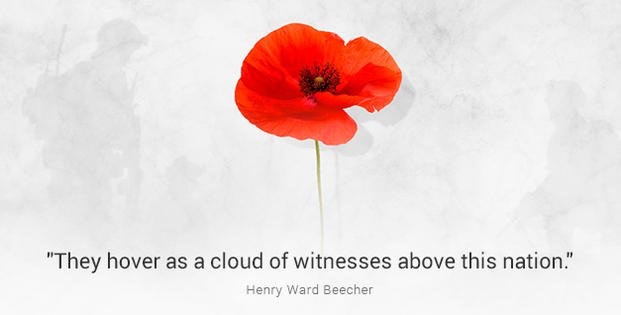In 1860, Officine Panerai was founded in Florence, Italy. The business concentrated on precision instruments like compasses and other nautical equipment for the next sixty years. The Regia Marine, or Royal Italian Navy, came calling in the mid-1930s with a new contract request: a watch suitable for Italian frogmen’s underwater use—the elite Decima Flottiglia MAS Navy Divers. The Italian frogmen were highly skilled commandos specializing in underwater and seaborne attacks on Allied ships during World War II. Unfortunately, Panerai didn’t have a watchmaking facility, so they enlisted the help of a company that did: Rolex. Fortunately for them, Rolex had mastered the waterproof wristwatch with the legendary Rolex Oyster in the previous decade. Upsizing the Rolex Oyster to the wide 47mm case favored by Italian divers was a relatively easy task. The frogmen wanted an oversized watch with a large dial that could be read easily in any weather. Most men’s watches at the time were about 30-35mm in diameter, so a 47mm case was specifically designed for heavy military use rather than as a fashion statement. It was the epitome of “function over design.” They also made a large 60mm case that featured a unique rotating bezel with four studs to signify dive times. It was also capable of withstanding depths of up to 200 meters and an impressive eight-day power reserve, minimizing the frequency of having to wind it.

The first Panerai watches were supplied by Rolex in 1936, although they did not have the distinctive half-moon crown guards that are now associate with Panerai. They resembled older Rolex. The latest Panerai Reference 3646 was the first Panerai to feature the trademark 3,6,9,12 Panerai Radiomir dial developed by Rolex. (The prototype had solid bars at the 12, 3, 6, and 9 o’clock positions, as well as dots at the other hour markers.) The watch’s Radiomir name applied to the Radium material used to illuminate the hands and dial in the dark. Radium was used into the 1950s by watchmakers. Radium is a highly radioactive element that was famously discovered to have caused many female factory workers’ deaths.
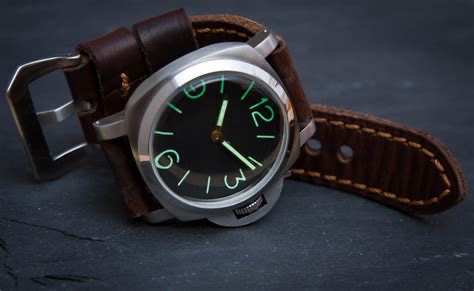
Panerai and Rolex later introduced the crown guard to fix the burly dive watches’ only fundamental flaw. They had to be wound manually every day, and the gasket that kept the crown watertight wore out easily with use. The crown guard kept the seal snug and stable while also making the watch more waterproof. The later versions with crown guards were only produced in limited quantities (300), and today all original WWII-era Panerai watches are extremely valuable and collectible.
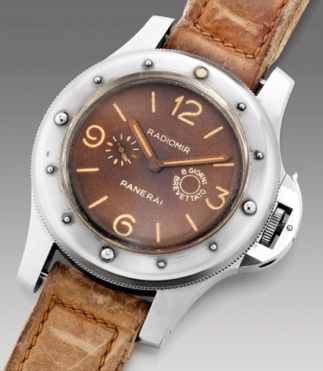
Panerai watches have illuminated the ocean’s deepest corners, assisting Italian Navy Frogmen on their underwater missions during World War II, and have remained a military secret until recently. On the 19th of December 1941, Italian Navy divers from the X Flottiglia MAS carried out what is known as the Raid on Alexandria. Six Italian frogmen – two per torpedo – straddled their seven-meter-long submersible torpedoes like underwater motorcycle drivers and single-handedly disabled the British battleships HMS Valiant and HMS Queen Elizabeth as the nearby Norwegian tanker Sagona, and nearly changed the course of the war. This new type of warfare scared the crap out of the Royal Navy.
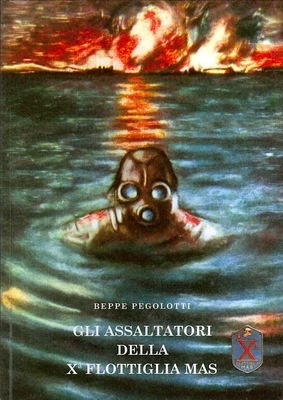
What they didn’t know at the time was that attack was part of the elite 10th Light Flottila, whose underwater missions wreaked havoc in Alexandria and other Mediterranean objectives. The Italian Navy fleet, led by Fascist dictator Il Duce, was unable to match the British fleet’s size and had to rely on its commando of stealth divers. Between 1940 and 1943, these human torpedoes have performed around 25 missions in the Mediterranean. The commando was nicknamed the Floating Trojan Horse after an assault in Gibraltar’s waters. It was one of the most successful special operations groups in history, with a deadly reputation for its clandestine underwater torpedo operations. Winston Churchill remembered the deadly effectiveness of the “Italians in peculiar diving suits” who had managed to mount limpet bombs to the hulls of Britain’s battleships “with exceptional bravery and ingenuity” in a secret war speech given to a closed House of Commons in April 1942. “One cannot but respect the cold bravery and enterprise of these Italians,” even Admiral Cunningham had to admit.
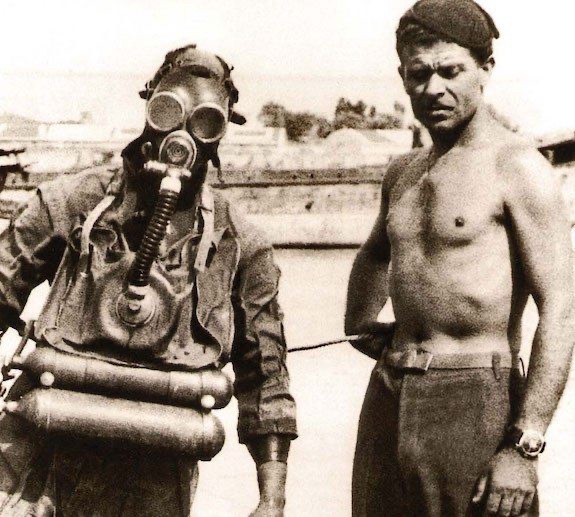
The divers would direct their explosive cargo to the identified target and remove the delayed action limpet mines from the front of the pig and mount them to the hull of the battleships, using specially built Italian submersible torpedoes known as Siluri a Lenta Corsa (slow-moving torpedoes) but nicknamed pigs due to their poor and slow handling. In the Alexandria Raid case, the divers had to navigate metal nets erected by the British to prevent them from entering the harbor. The frogmen depend on novel luminous devices explicitly produced for the Italian Navy by a Florentine watchmaking company known as Panerai. Panerai was the sole supplier of measurement and precision underwater instruments, such as depth gauges, wrist compasses, detonators, and sights, as well as a substantial luminous waterproof wristwatch known as the Panerai Radiomir, which would gain a place in the iconography of watchmaking.
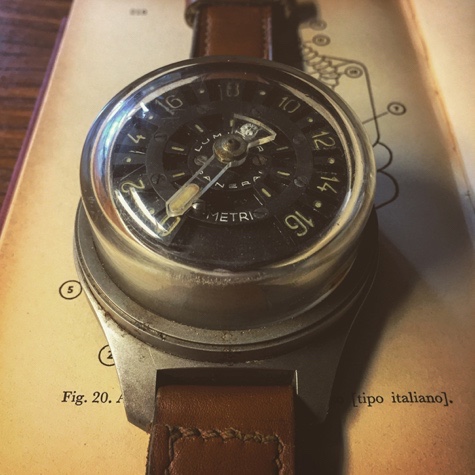
In 1949 Panerai switched to the less toxic element tritium for its watches and patented it under the Luminor trademark after the poisonous effects of radium were better known. The Panerai Luminor watch, launched in 1950, cemented the company’s reputation as a competent diver’s watchmaker. The huge crown-protecting bridge with a lever to improve the watch’s waterproof properties – something the Luminor family still bears today – was significantly different from the Radiomir model. In the late 1950s, Rolex sold their last watches to Panerai, who sold them to the Egyptian Navy. The Egyptian Navy commissioned a watch known as L’Egiziano in 1956 after reading about these exceptional Panerai watches. It’s an understatement to call this watch big. A large 60mm case featured a unique rotating bezel with four studs to signify immersion periods – capable of withstanding depths of up to 200 meters – and an impressive eight-day power reserve, minimizing the frequency of winding operations. This huge diving companion had a small second’s counter on the dial at 9 o’clock, in addition to the crown-protecting rig.
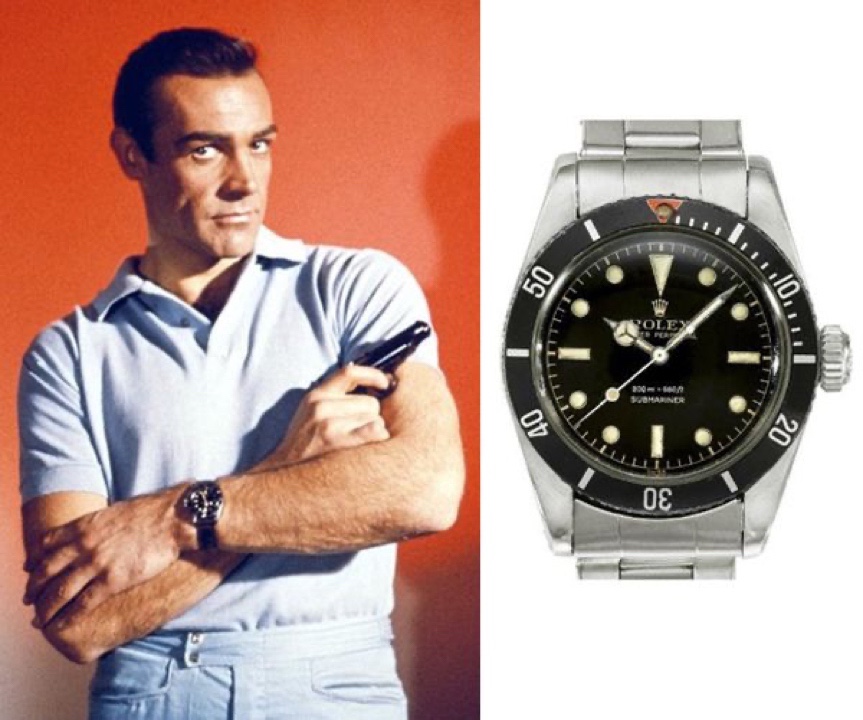
Rolex was still selling Submariner watches and had little interest in selling dive watches or movements to a rival at the time. As a result, Panerai was still relatively unknown in the watch world in the mid-1990s. Each year, they only produced a small number of watches. But it all began with the Panerai watches of the 1930s and 1940s, which were the first purpose-built Rolex dive watches. So, if you can find a Panerai dive watch from WW2, scoop it up as it should be worth a lot of money. Not like send your kid to college money but maybe an excellent keg party.
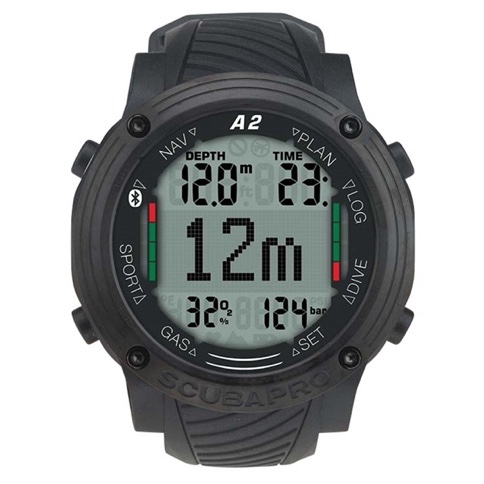
Dive watches have come a long way; not only can they monitor your air pressure, but they can tell you when to come up and what your body temperature and heart rate are and can use different dive formulas if you like to tell you all that. SCUBAPROS’s new A2 watch is a full dive computer, waterproof 120m and can do all the above, and it looks cool. Yes, they have come a long way.


